How to Make Real Clotted Cream – Finding proper clotted cream in the US can be a challenge, but this helpful guide will assure that you can always have a perfect batch on hand!
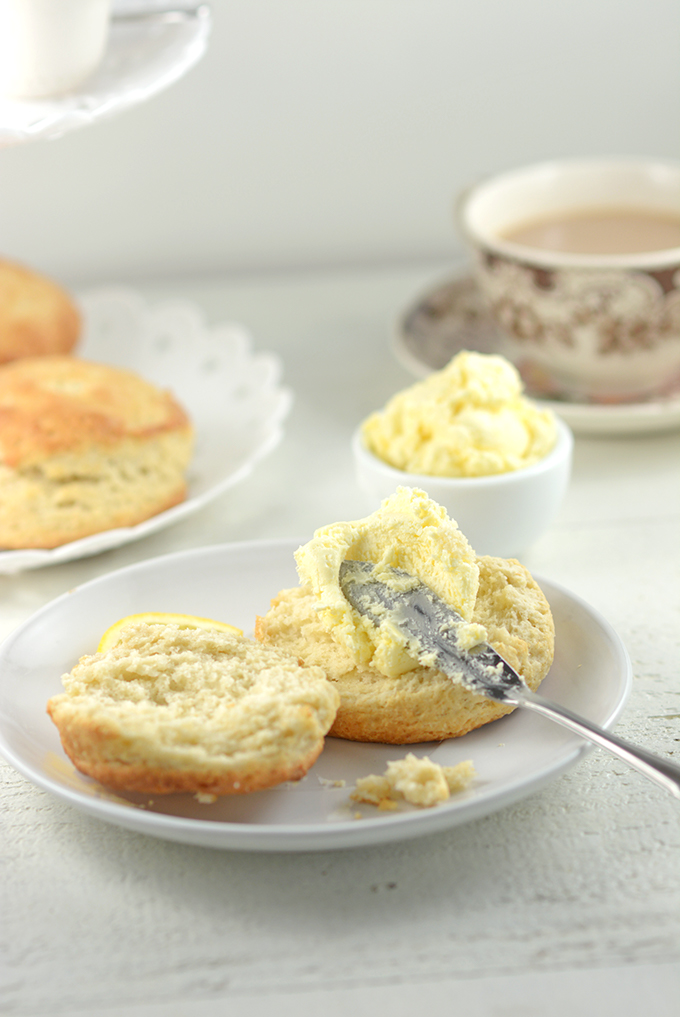
In my last blog post I attempted something impossible for an American home cook– making proper English Scones. I’m fairly certain that somewhere along the way I accidentally broke with tradition, making them decidedly improper. That said, they tasted AMAZING! Kudos to England for inventing something so yummy.
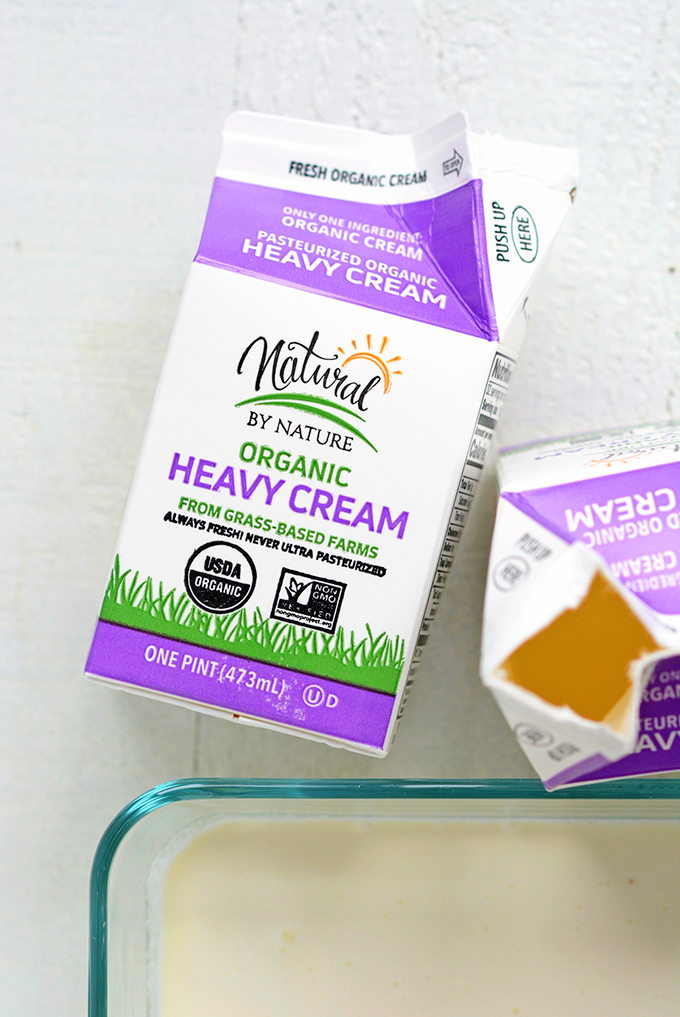
Well, here I go again, attempting to make another British treasure – clotted cream. I decided to call this blog post “How to Make Real Clotted Cream” because every time (except once) when I’ve ordered scones in the US, they’ve been served with a disappointing version of whipped cream. Real clotted cream is actually shockingly different.
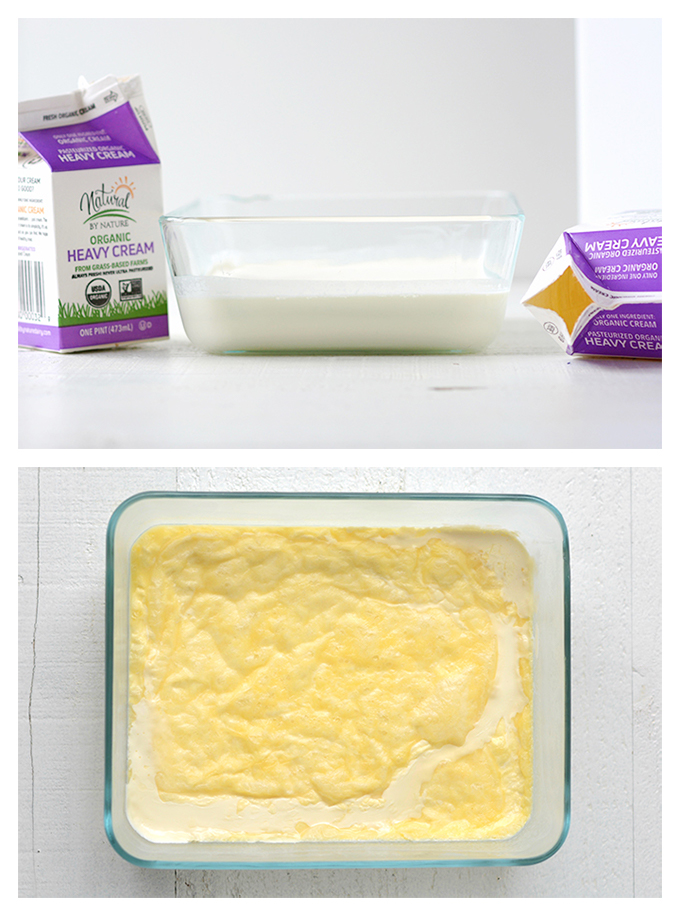
Since most of my audience is American I feel the need to explain that real clotted cream is made from full-fat cow’s milk that has been indirectly heated for 12 hours in order to separate out the fatty cream. It’s that fatty cream that forms “clots” (as a nurse this description disgusts me, by the way), which is then strained and used as a spread.
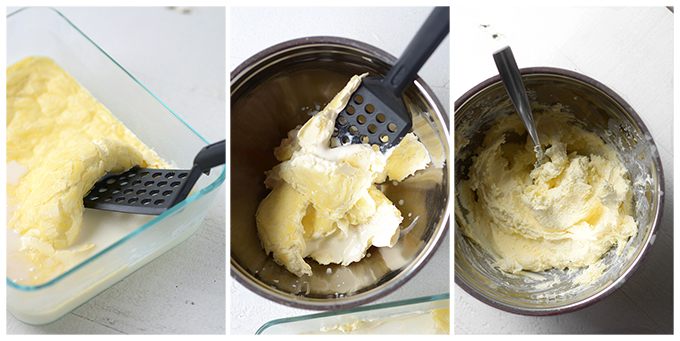
The end result is creamy and rich, with a touch of natural sweetness. It’s as if whipped cream and butter made love and came up with a better version of themselves.
It seems that clotted cream is difficult to come across in the US because its main and only ingredient is heavy cream that’s NOT ultra-pasteurized. Ultra-pasteurized milk is heated to a higher temperature (280ºF) than pasteurized milk (161ºF), extending its shelf life. Both are considered safe, but generally ultra-pasteurization is a good thing because it extends the shelf life of milk.
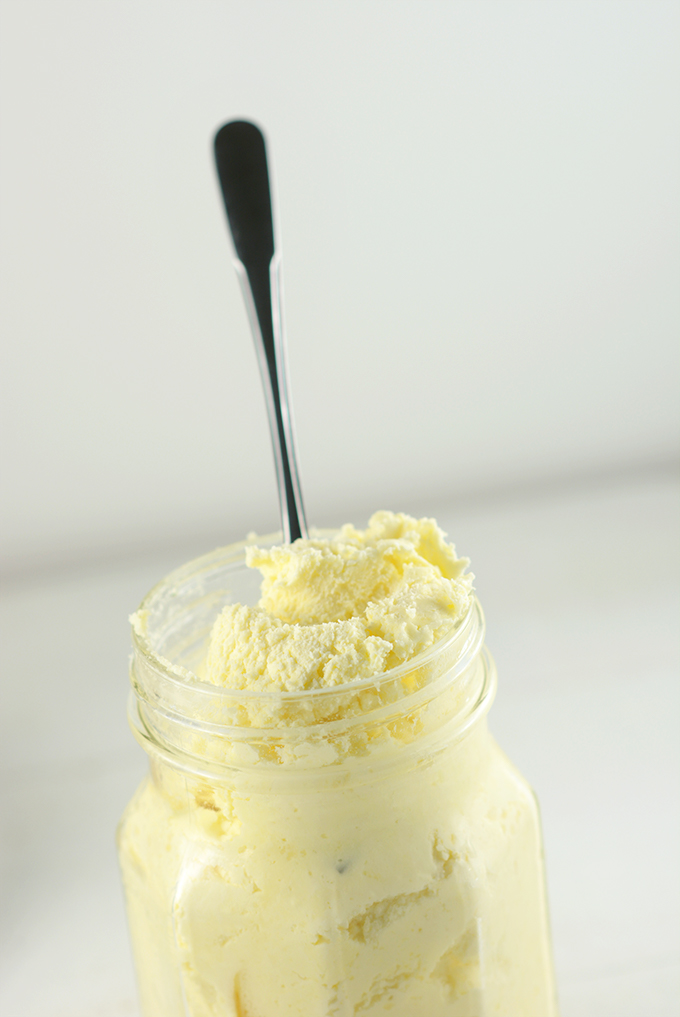
The problem here is that it’s impossible to make clotted cream from milk thats been heated to such a high temperature. To find heavy cream that’s pasteurized to a temperature of 161ºF you’ll have to hit up local dairies and farm stores, suddenly making this ubiquitous thing in England a specialty in America.
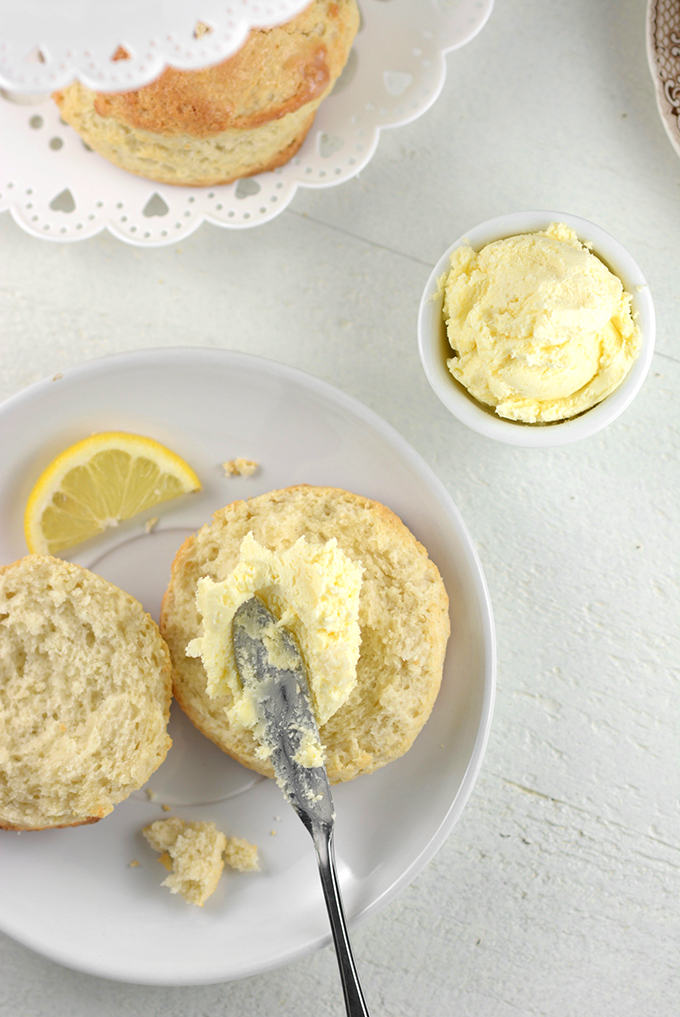
Going back to my previous scone post, I mentioned that I recently developed some anxiety surrounding my decision to eat scones with clotted cream and lemon curd. My dear English friend pointed out to me that I ought to be eating my clotted cream with strawberry or raspberry jam instead of my delicious lemon curd.
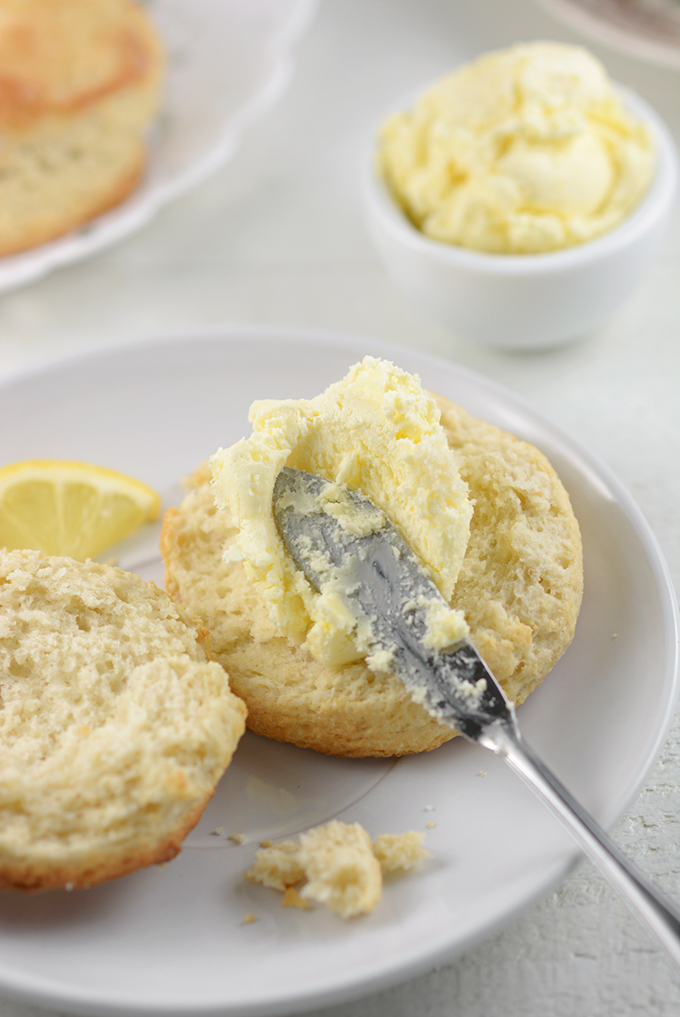
She also mentioned that across the different regions of England people apply their clotted cream in different ways. Those who are from Devon traditionally start by applying clotted cream to their scones and then add jam on top. In Cornwall, however, jam is spread over the scone first, and then topped with clotted cream.
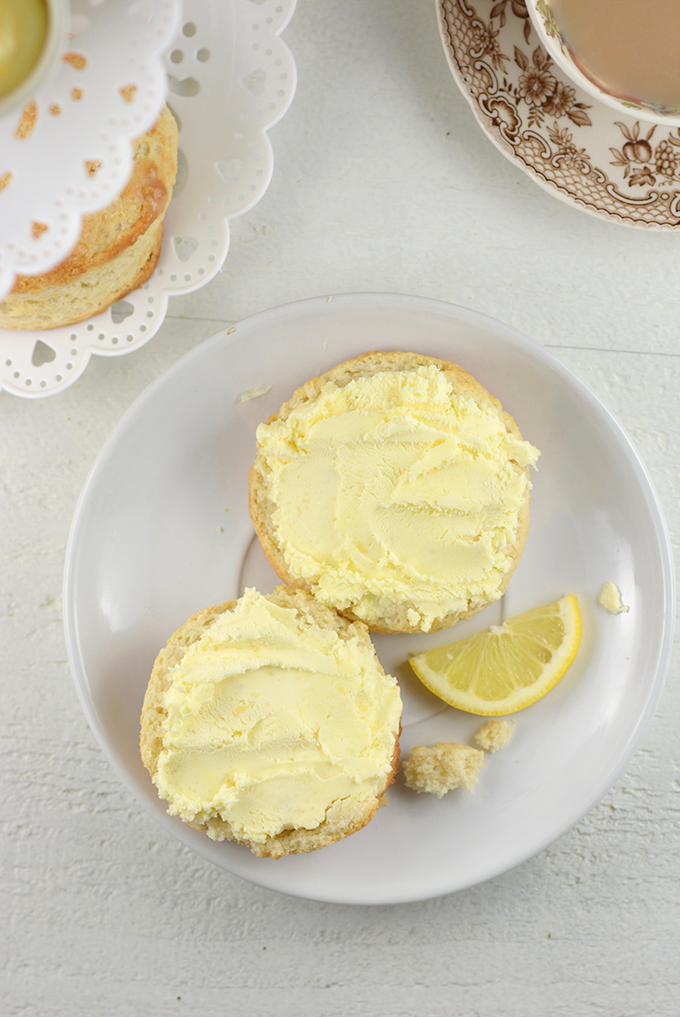
Apparently there is a bit of a debate as to which is the “right way.” I tried both and developed an opinion myself. I’m a little afraid to pick a side here out of fear my comment thread will become home to a land war.
Ah, what the heck… I’m team Devon all the way! What do you think? What is the “right way” to eat scones with clotted cream? Feel free to rant away on my comment thread. I don’t mind!
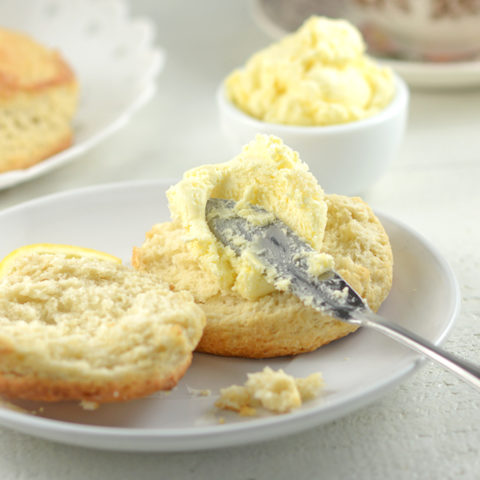
How to Make Real Clotted Cream
Finding proper clotted cream in the US can be a challenge, but this helpful guide will assure that you can always have a perfect batch on hand!
Ingredients
- 1 qt (4 C) heavy cream (not ultra-pasteurized)*
Instructions
- First thing in the morning preheat your oven to 180ºF.
- Pour the heavy cream into an 8 to 9 inch square glass or ceramic baking dish. There should be 2-2 1/2 inches of cream in the dish.
- Place in the oven and bake for 12 hours at 180ºF.
- After 12 hours have passed carefully remove the dish from the oven and allow it to cool to room temperature. Next, cover with plastic wrap and refrigerate overnight for at least 8 hours.
- The next day, gently pull away the thick upper layer of the cream and transfer it to a mixing bowl or a serving dish.
- At this point you have a couple of options. You can serve it as-is with creamy bits and crusty bits separated.
- Your other option is to mix together the clotted cream so that it's creamy and uniform in texture (what's pictured). Adjust the thickness of the clotted cream as desired by adding some of the remaining separated liquid** from the baking dish. I recommend doing this 1-2 tsp at a time until it reaches your desired thickness.
- Scoop the clotted cream into a canning jar. Store covered in the refrigerator for up to 5 days. Use as a spread for scones. For the best results I recommend scooping your desired amount from the jar and allowing it to sit at room temperature for 20-30 minutes before spreading on your scones.
Notes
*Ultra-Pasteurized heavy cream absolutely WILL NOT WORK in this recipe (I've tried it). In the United States most grocery stores only sell ultra-pasteurized heavy cream. See the picture above for an example of a pasteurized (not ultra-pasteurized) product that’s available in the U.S. that works for this recipe. It’s often available from health food grocery stores and local farm stores.
**The remaining liquid that has been separated from the clotted cream can be reserved for baking. For example, in scones.
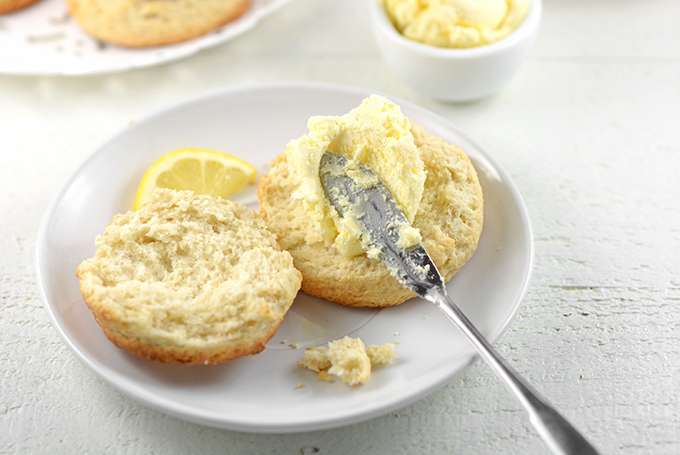

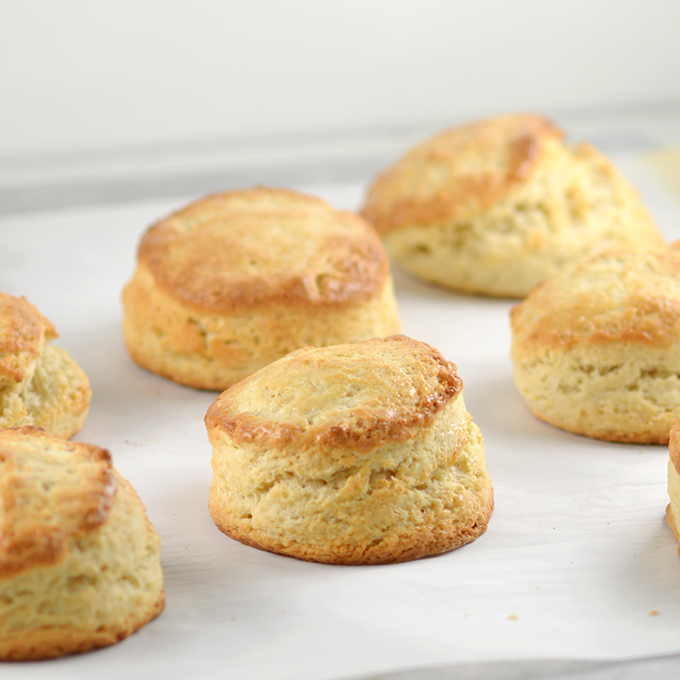
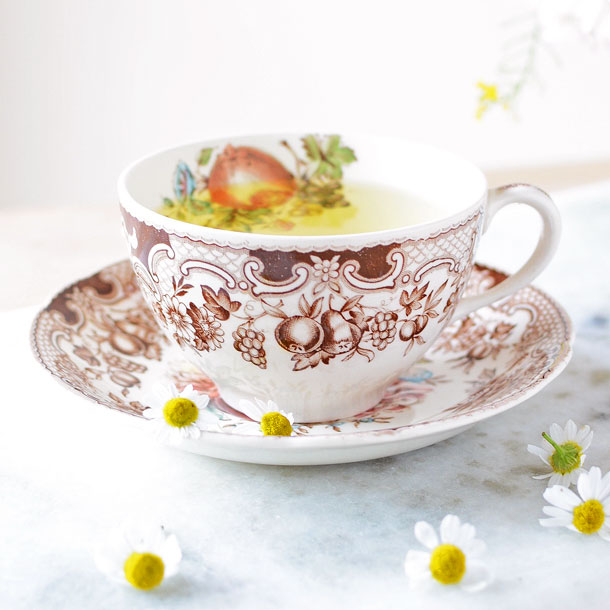
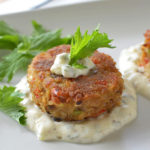

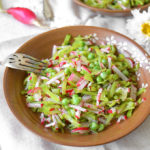


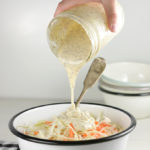
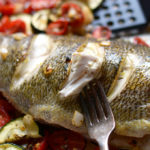
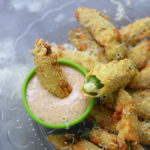
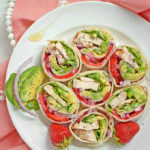
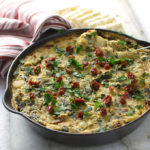


Thank you for the great tip on a traditionally pasteurized cream available in the U.S. You can also re-culture ultra pasteurized cream with a few teaspoons of cultured buttermilk.
My understanding on jam is unless you are in Devon or Cornwall, either way is correct. In Devon or Cornwall, of course follow your host. (The Queen is said to favor Cornwall style with Tiptree Little Scarlet according to Balmoral chef Daryl McGrady btw).
Any ideas if I can use raw cream? I’m married to a dairy farmer!! And raw is always better than pasteurized, digestion-wise
Actually, now that I think of it, it should work, as it soon wouldn’t be raw anyway….
I lived in Exeter for several years and DEVONshire definitely knows the correct way! Spread the clotted cream on your scone and then top with jam!
I agree! It really does make the most sense! It’s a far more secure construction!
Incorrect! The correct way is Jam first BECAUSE if the scone is warmed the cream melts into the scone.Making it turn. Plus the thin layer of jam is much better at holding up the blob of cream
Incorrect. If you know your history of who did it first, Devon began this discipline in the 11th century before Cornwall caught wind. Unless you are trying to have it straight out of the oven, no one in UK that I have come across has ever had scones warm to the degree it turns the cream. We normally have them at room temp. At the end of the day, eat it the way you want, just know that if you are ever in those parts of our beautiful country expect it to be served in that fashion.
I have been making clotted cream for years with ultra pasteurized cream. It’s the only thing available where I live. I use the great value brand, it works very well. I’m sure when the new trader Joe’s opens and I can get better cream it will be more amazing, though
Hey Kate! I hope you’re able better cream at Trader Joe’s. I think you’ll find that you’re able to get so much more clotted cream from a single batch, which is nice because it’s so time intensive to make! Just as an FYI- I’ve always had luck getting non ultra-pasteurized cream at Whole Foods.
American here. I’ve only been eating clotted cream for 3 years, but why would anyone ever spread jam on their scone before the clotted cream? That’s unnatural!
I’ve been making my own clotted cream about 3 years now, and almost always use ultra-pasteurized heavy cream. It works. Here in the US it’s hard to find heavy cream that isn’t ultra-pasteurized. The difference is the amount of clotted cream you get. Ultra-p doesn’t render as much as pasteurized. Be careful not to fill the oven dish too deep with heavy cream, (1 1/2 inches) cool to room temp, l then chill the 12 hours. It’s wonderful!
Clotted cream must be spread first, then jam. Everyone knows that!
Vanda-
Apparently the queen of England spread her jam before her clotted cream. It make no sense to me either, but I’m not going to argue with the queen! I’ve tried making clotted cream with ultra-pasteurized cream twice and both times it was entirely underwhelming. You must have the magic touch! I know it hard to find cream that’s not ultra-pasteurized, but I’ve always had luck at Whole Foods.
Evidently putting the jam on first prevents the jam flavor from overpowering the taste of the cream. Or that’s how my Cornwall side friend explained it to me! 🙂 It’s less about structure and more about flavor balance. I’ve always been a cream first then jam person so I’ve not tried it yet.
Well, I think that lemon curd and clotted cream sounds marvellous!
You have to break the rules sometimes. I just had clotted cream and homemade blackberry jam on crackers.
Yummy! That’s my kind of snack!
I bought Clotted cream from Whole Foods and it was nasty! A person from England was like,” Clotted cream in England is incredibly delicious. The clotted cream in America is gross instead and doesn’t taste like the delicious Clotted cream in England. I feel sorry for Americans who have to eat that gross Clotted cream in America.
I just came across your recipe for clotted cream I was horrified to see in the picture that it was being spread with a “Fish knife”. And what was that slice of lemon doing on the plane.
I mean, come on its just not British. A Scone should be served with a good quality Jam (jelly to you chaps across the pond) the clotted cream and spread with a small tea knife, with a piping hot pot of Tea.
If your going to do a Cream tea get it right will you old bean.
Oh, and Clotted Cream should be made using steam or a large pan of hot water. This prevents any crispy bits.
Good luck and enjoy.
Dear Simon,
We in the US differentiate between ‘jam’ – a sweet condiment made with whole berries cooked and still in the final product – whereas ‘jelly’ is made from fruit juice and has no fruit pieces in it. I think both can be used on scones??!!
I know I’m late to the party here, but I’ve lived in North Devon my whole life, and my grandparents always put the jam on first. There was never a Devon or Cornwall way when I was growing up, just have it how you like it.. Personally, I prefer to spread a thin layer of jam on my scone and then pile on far more cream than is possible the other way around – its all about the cream.
p.s. there are far more fractious arguments about the pronunciation of SCONE. My family prefer the ending like ‘gone’, whereas my partner says it like ‘stone’. We will never agree on that one.